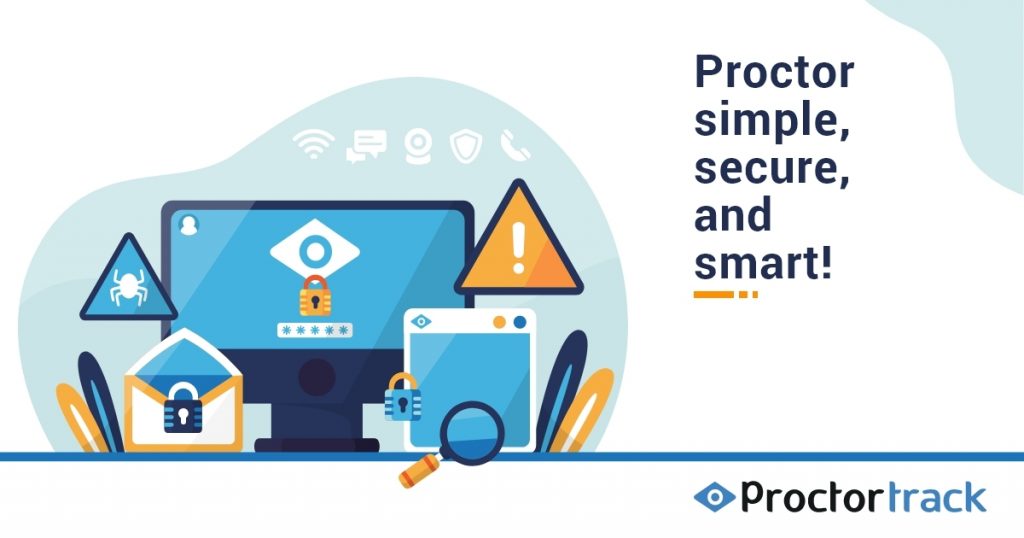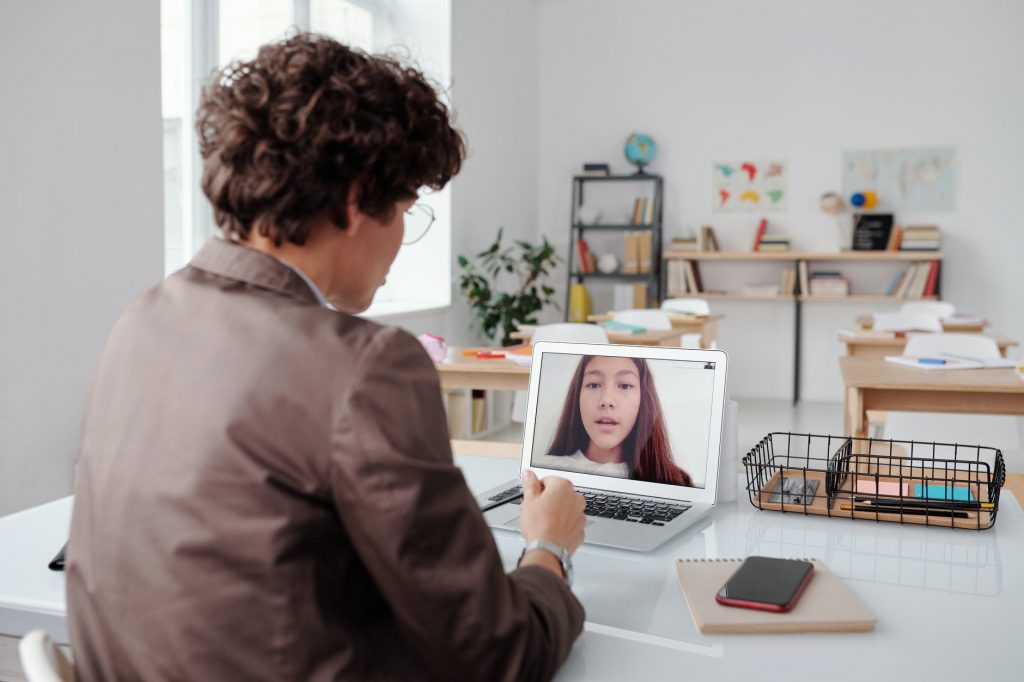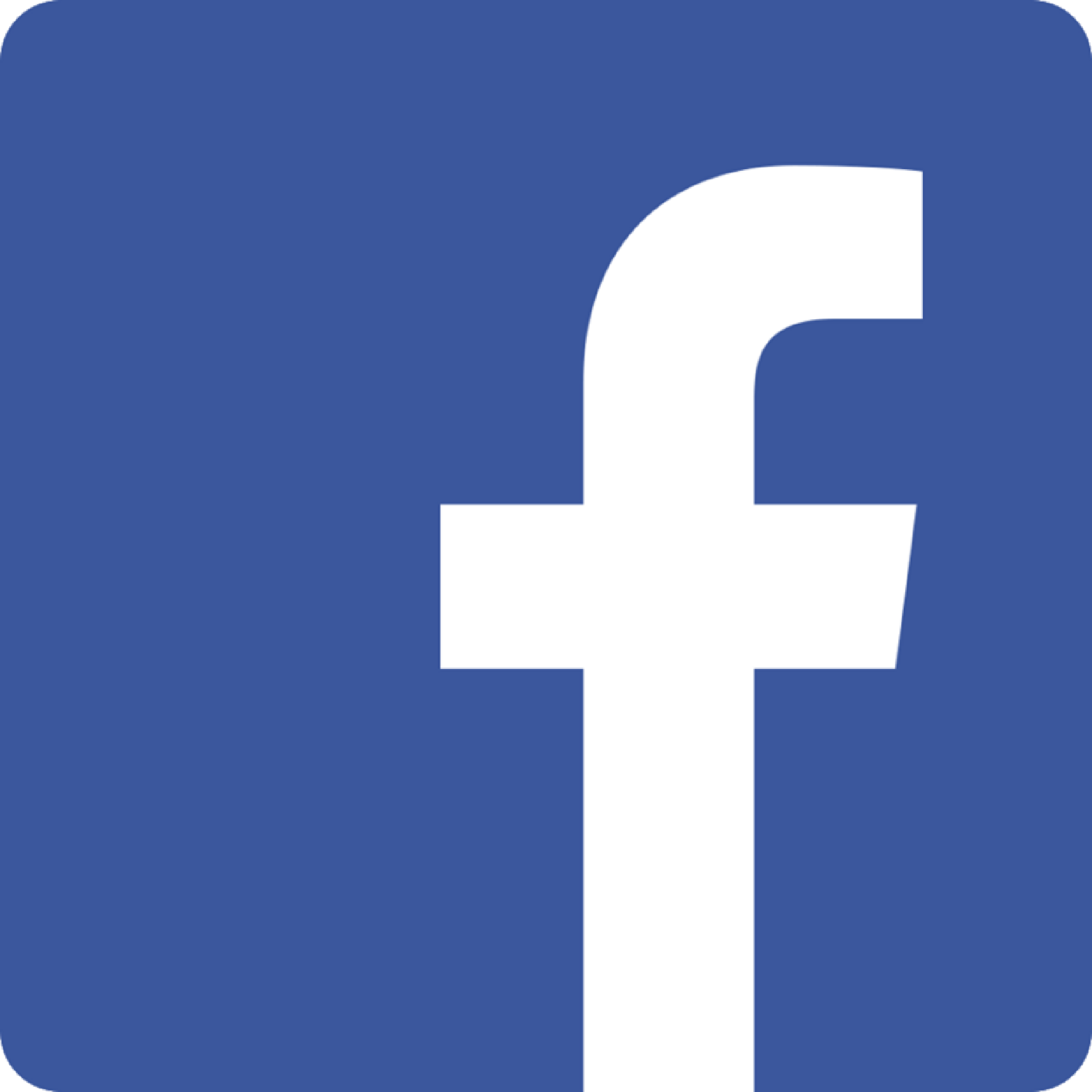Last year, when everything came to a standstill, colleges and schools moved to virtual classrooms, replacing the old norms. While hurriedly prepared remote delivery varies from well-planned online programs, education experts believe the abrupt transition will help online learning develop even faster and reach its full potential. Colleges are now ready to provide more online offerings and build new degree programs. It is past time for colleges to embrace technology rather than delaying or postponing examinations forever, as this jeopardizes a student’s career. Similar exams can be performed online if there is an opportunity to attend online classes.

Learning and teaching methods have become more convenient and smooth as a result of technological advancements. In an online class, students may not only take notes, listen to lectures, and ask questions to solve their problems, but they can also take online examinations. Furthermore, online tests can be taken from any location in the world. With the advancement of technology and the start of the Fourth Industrial Revolution, society and the professional world have continued to adapt and change. As a result, there has been a significant influence on the educational sector, resulting in a variety of emerging educational trends. Educators must keep up with the newest innovations and crucial elements that impact learning in the classroom in order to appropriately engage their pupils. They may use their knowledge of these trends to develop more effective learning environments.
THESE ARE THE TOP 14 TRENDS IN ONLINE EXAMINATION
1. TECHNOLOGICAL CHANGE:
Because of the advancement of technical capabilities, a wide range of media and learning-support technologies are now available to assist students in receiving a high-quality education over the Internet. Teachers and institutions that wish to continue to provide their pupils with the rigorous education they require face a number of advantages and disadvantages as a result of this trend. For example, technology may not inspire pupils to acquire soft skills. They may not have the built-in possibilities to interact with their classmates that students in typical classrooms have. Opportunities for leadership on group initiatives, for example, may not arise as naturally as they formerly did. Teachers may be forced to modify their teaching methods as a result of the online examination platform. They may find it difficult to alter their lesson ideas in order to keep students engaged even when they are unable to meet the instructor in person. Teachers can also use learning management systems to keep track of how their students are progressing through the course.
2. THE SWITCH TO E-LEARNING PLATFORM:

Switching to e-learning platforms is therefore a simple platform that allows teachers to conduct successful assessments with simplicity. Over 100 schools have started using their platforms to assign in-class daily practice sessions in the last 30 days. Four out of every five instructors say they are now comfortable giving lessons online or have video tools to help them do so. Regular quizzes in class guarantee that students are engaged and that the instructor receives feedback on her teaching approaches on a regular basis. Students will be able to apply their knowledge with the aid of continuous formative evaluations. It makes learning considerably more engaging and ensures that all knowledge is put to good use. India is now entering a new era of learning, in which digitalization will pervade the educational system and rote learning will become obsolete.
3. SCALABILITY IN ONLINE EXAMINATIONS:
According to a survey people outside said online tests are a scalable and highly productive alternative to center-based exams, or that they were an unknown territory at first, but that they later proved to be a superior and more scalable option to offline exams. These findings show that, despite their apparent technological difficulties, online examination systems are scalable and simple to use alternatives, requiring only minimal training for individuals who are completely unfamiliar with digital procedures. However, with sufficient skill and knowledge of how they function, they may be swiftly deployed to conduct tests of various kinds.
4. SOFT SKILLS: A MAJOR TREND:
Critical thinking, problem-solving, people management, and creativity are among the most crucial professional talents, according to the Future of Jobs study. Employers are looking for young professionals who can make tough judgments and have leadership qualities. Schools must have training in place to assist students develop and grow in these skill areas in order to prepare them for their future jobs. However, as previously said, the concurrent move toward online learning poses a difficulty for many professors. These teachers will have to find a method to balance the amount of screen time in their classroom with the necessity of encouraging pupils to collaborate face-to-face in order to foster soft skill development.
5. DECREASING ATTENTION SPANS:

This attention gap may also be noticed in Youngsters’ conduct when compared to other age groups. When there is nothing else to occupy their attention, 77 percent of young adults said they will grab for their phone. Only 10% of individuals over the age of 65, on the other hand, say the same. This shift in attention patterns has a big influence on how teachers modify their lectures and keep students interested in what they’re learning. Teachers must devise strategies to construct lessons that will engage their students, many of whom will be members of the Millennial generation, as well as modify the course delivery style and speed. Therefore, keep in mind that when pupils have highly visual and interesting content in front of them, they have a great potential for paying attention. These kids desire to be challenged and enjoy interacting with others.
6. LEARNING FACILITATION VS. TEACHING:
Teachers’ interactions with their students and classrooms have evolved as technology has improved. Thanks to a wealth of information at their fingertips, students today have the tools they need to independently uncover a large amount of facts and knowledge. Many students appreciate a top-down delivery approach less in this setting. Teachers are becoming more of a facilitator than a teacher. Their role has gradually developed into one in which they assist pupils in understanding how to study, to enjoy learning, and to uncover and comprehend the material they discover. Teachers may face difficulties as a result of this, since they must improve their own soft skills of leadership and problem-solving. This new approach will be extremely beneficial for teachers who wish to focus on student growth rather than just content delivery.
7. ONLINE ASSESSMENTS:
Online assessments are specifically intended to take the hassle out of completing descriptive tests on paper by employing a bespoke exam writing equipment with easy menu interfaces. It also offers a number of features that combine the tried-and-true with relevant twenty-first-century experience. Nearly 40,000 students have used these purpose-built gadgets to write tests, and the vast majority of students have reacted favorably to utilizing these devices to write exams. Universities also use their own digital assessment platform to make the online examinations better and successful.
8. CHEATING PREVENTION:

Students may be tempted to cheat on online exams, and this has become a serious problem that jeopardizes the integrity of online learning and testing. As a result, institutions have devised a variety of creative methods for detecting cheating in online examinations. Some students utilize Blackboard and Canvas, among other tools and platforms. These technologies, as well as other approaches, are effective in both identifying and preventing cheating. Some of the online exam platforms use cheating prevention techniques and tools to prevent cheating during online examinations.
9. SECURE EXAM BROWSERS:

This is a highly efficient method for preventing cheating on online tests. Web browsers are designed specifically for this purpose since they allow institutions to hold an exam in an environment with established rules and restrictions, such as which websites, programs or apps are permitted. They capture all of the candidate’s noises and footage, as well as their remote surroundings. Because the applicant is aware that all of their activities are being observed, cheating during online tests is prevented.
10. USE OF PROCTORING SOFTWARE:

This is one of the most efficient ways for detecting cheating on online tests. Before the candidate takes the test, proctoring software such as Proctortrack should be installed on their computer. Such software can take the shape of a web browser that locks the computer while the student is taking the test and restricts the student’s activity. Surveillance equipment such as microphones and cameras can be activated by proctoring software to watch the candidate’s behaviour while taking online examinations.
11. ECONOMICAL:
When you consider the human, logistical, and administrative expenses of a typical test, it’s simple to see why an online exam system is the most cost-effective way to administer exams at scale. It is not necessary for pupils to take the test in big, open classrooms. Examinees enjoy the convenience of the time and location flexibility. Online tests do not necessitate the rental of a classroom or the hire of a manual invigilator. Organizers are struggling with rising overheads such as the price of obtaining an exam location, producing question papers, and delivering test answer sheets and extra materials to students. The advantages of an online examination system can only be realized once it has been implemented to increase the examination process’ efficacy.
12. AGILITY:
Because online exams do not need individual participation, students can take them from home. Unlike the offline form of examination, which was extremely time-consuming, the online mode of examination saves people’s efforts and time, making the entire process more agile.
13. SECURITY:
The main difference between taking tests offline and online is that while taking exams offline, you must exercise additional vigilance to avoid any deceptive conduct, whereas remote proctoring is a safe and secure way to keep an eye on the students as they take the exam. Educational establishments may now simply conduct any basic level of test to the major exam using an online platform that minimizes the total complexity by employing our online exam web app and online exam mobile app.
14. LIFELONG LEARNING:

Industrialization has profoundly altered the nature of labor and employment. As great technology advancement leads to changes in how individuals conduct their professions, the current 4th Industrial Revolution may affect an astonishing 50% of occupations. Professionals must retrain on a frequent basis in order to remain competitive in their fields. They can’t assume that the education they got in the first half of their careers will suffice in the second half. Rather, obtaining a degree must be followed by further education. This necessitates institutions instilling a self-development mentality in their students, professors, and staff. Technology has had a significant influence on how people make money and prepare for professional jobs as society evolves. Institutions that learn to stay on top of these developments will be in a better position to expand and succeed. Consider how these trends may affect education and what they signify for higher education institutions in the future.
Conclusion
Technology has been a blessing in difficult times by allowing us to conduct online lectures and examinations. The learner’s career is no longer jeopardized by unforeseen events that can occur at any time. Furthermore, conducting online examinations offers several advantages, including convenience, cost savings, accurate quick results, anti-cheating technology, and the ability to conduct a range of various sorts of exams, including short answer, long answer, and multiple-choice questions. It is also very beneficial in these difficult times since it eliminates the need to travel from one location to another to take examinations. Instead of cancelling or postponing examinations indefinitely, all of the top institutions in London, China, the United States, and India are now doing online exams. So it’s past time for us to embrace technology and use it to make our jobs easier and less stressful. Finally, to obtain the greatest experience, it is recommended to choose a reliable online platform that is certified and trusted by major educational institutions to take any online exam.










